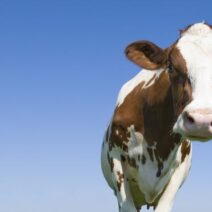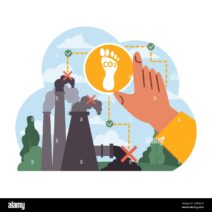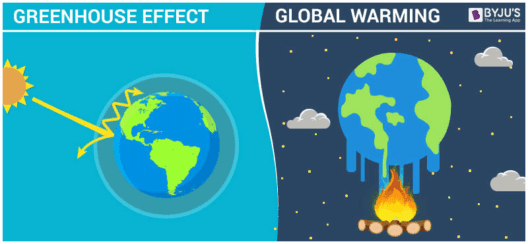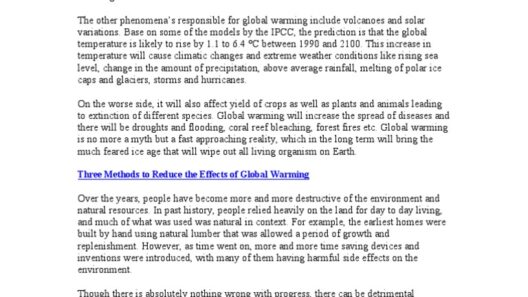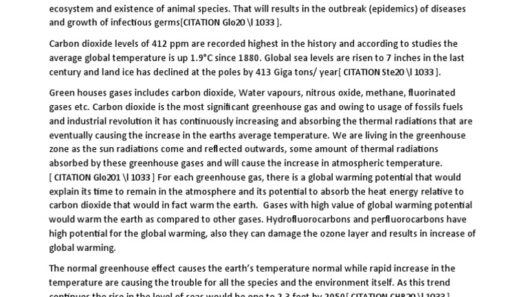Global warming is akin to a creeping shadow, gradually enveloping our planet in a warmth that grows more intense with each passing year. The phenomenon is not merely a consequence of natural cycles; it is predominantly driven by human actions that exacerbate the delicate balance of our atmosphere. Understanding the intricate web of factors contributing to rising temperatures is crucial in addressing this imminent threat.
As the Earth warms, an eclectic mix of factors intertwines, forming an intricate tapestry of effects that bolster the overarching narrative of climate change. This exploration wades into the depths of human activity, natural processes, and systemic inertia, unveiling the multifaceted drivers of global warming.
In this examination, three principal categories stand out as pivotal agents in the warming saga: greenhouse gas emissions, deforestation, and industrial activity. Each driver acts as a thread, stitching together the fabric of a changing climate.
Greenhouse Gas Emissions: The Veil of Carbon
The primary driver of global warming is the surge in greenhouse gas emissions, an invisible veil shrouding our atmosphere. The most notorious of these gases is carbon dioxide (CO2), primarily emitted from burning fossil fuels for energy and transportation. It is as if humanity has injected a permanent fog into the air, one that traps heat like a blanket embracing a sleeping child.
In addition to carbon dioxide, methane, nitrous oxide, and other greenhouse gases play critical roles in amplifying the greenhouse effect. Methane, for instance, has a potency approximately 25 times greater than carbon dioxide over a century, stemming largely from agricultural practices, industrial waste, and the decay of organic matter in landfills. Each emission is a whisper beckoning the Earth to warm further, amplifying the signals of distress already emitted by fading ice caps and rising seas.
The exponential rise in these pollutants corresponds closely with the Industrial Revolution, marking a pivotal shift in the way humans interact with their environment. What once thrived in harmony now festers under the weight of disproportionate consumption and waste. This dramatic transformation leads society to a precarious precipice where immediate action is paramount to avert catastrophic consequences.
Deforestation: A Heart Without Its Lungs
As we delve deeper into the root causes of global warming, the alarming trend of deforestation emerges as a significant factor. The mass clearing of forests extinguishes the lungs of our planet, those verdant expanses that once absorbed carbon dioxide and released life-sustaining oxygen. Stripped of their capacity to mitigate CO2, the remnants of these ecosystems become silent witnesses to an ongoing tragedy.
The conversion of forested land into agricultural fields, urban developments, and other ventures can be metaphorically likened to a butcher cleaving away at essential organs, compromising the systemic wellness of the Earth. This loss of biodiversity not only amplifies carbon levels but also disrupts ecological balance, leading to diminished rainfall, soil degradation, and habitat loss. Furthermore, the fires ignited to clear these lands emit immense quantities of carbon, propelling us further into a climate crisis.
Addressing deforestation requires a paradigm shift in how societies view land use and conservation. Sustainable forestry practices and reforestation initiatives can rekindle the health of these essential ecosystems, restoring functionality and promoting biodiversity while simultaneously providing economic benefits to local communities.
Industrial Activity: The Machinery of Change
Industrialization has propelled humanity into an era of unprecedented growth and technological advancements, yet it comes at a significant environmental cost. The vast machinery of production, laden with emissions, consumes colossal quantities of energy and raw materials, releasing a torrent of greenhouse gases into the atmosphere. This mechanical beast devours high-carbon processes to maintain its voracious appetite for resource extraction, pollution, and waste.
Consider the production of cement, a fundamental building block for global infrastructure. The cement industry alone contributes nearly 8% of global greenhouse gas emissions, a stark reminder of the costs of our infrastructure ambitions. This incessant pursuit of progress often overshadows the environmental repercussions, creating a cyclone of activity that propels the Earth into an era fraught with danger.
Yet, within this tempest lies an opportunity for transformative innovation. The adoption of green technologies, circular economy principles, and sustainable manufacturing processes could recast the industrial landscape. By pivoting towards renewable energy sources and reducing dependence on fossil fuels, the industrial sector could emerge as a leader in the quest for a sustainable future.
In conclusion, the drivers of global warming are interlocked within a complex web, where greenhouse gas emissions, deforestation, and industrial activity converge to distort the Earth’s climate equilibrium. Metaphorically, the Earth is a delicate clock slowly unwinding, with each improper tick further diminishing the life-giving essence it harbors. Addressing these key drivers is imperative to restore balance and ensure that future generations inherit a planet where nature thrives rather than falters. We must galvanize our efforts, for in understanding these complex mechanisms, we can forge a path towards sustainability, allowing humankind to exist harmoniously within the biosphere it calls home.

